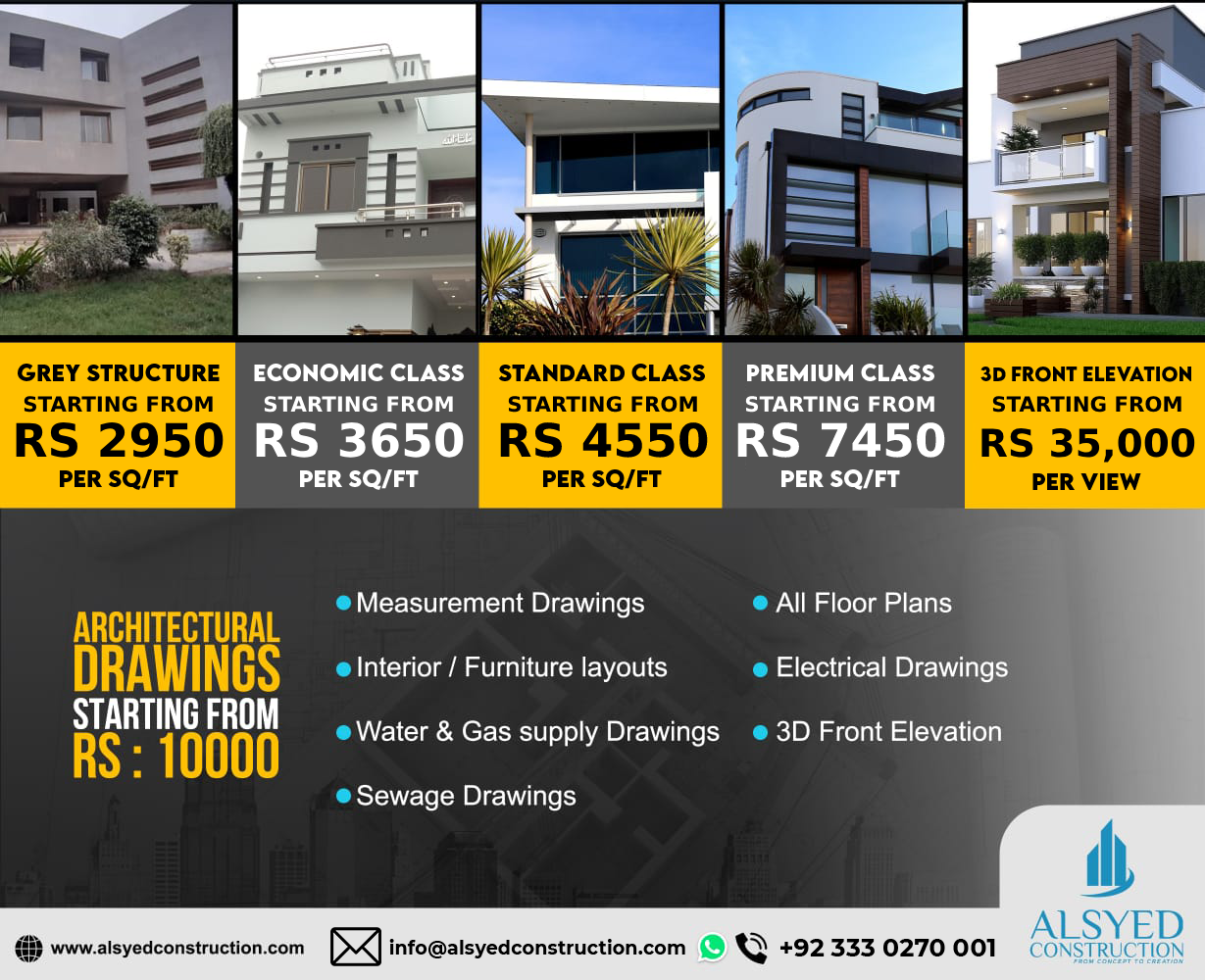Stick-Built Meaning in Construction in the USA
What Is Stick-Built Construction?
Stick-built construction refers to the traditional method of building structures on-site using individual lumber pieces, such as studs, joists, rafters, and beams, which are assembled piece by piece. Unlike modular or prefabricated construction, where components are manufactured off-site and transported for assembly, stick-built homes and buildings are constructed entirely at the job site.
This method is widely used in residential and commercial construction across the United States, offering design flexibility, structural integrity, and customization options that make it a preferred choice for builders, contractors, and homeowners.
How Stick-Built Construction Works
The stick-built process involves several key stages, each requiring precise craftsmanship and adherence to building codes.
1. Site Preparation and Foundation Work
Before framing begins, the construction site is cleared, leveled, and prepared for the foundation. Depending on the project, this may include:
- Excavation and grading to ensure proper drainage and stability.
- Laying a concrete slab, crawl space, or basement foundation.
- Installing utility connections for plumbing, electrical, and HVAC systems.
2. Framing and Structural Assembly
Once the foundation is set, stick-built framing begins with:
- Wall Studs: Vertical wooden studs are placed at regular intervals (typically 16 or 24 inches apart) to form interior and exterior walls.
- Joists and Beams: Floor joists and ceiling beams provide support and load distribution.
- Roof Trusses or Rafters: The roof structure is framed using individual rafters or prefabricated trusses.
The stick framing method allows for on-site adjustments, ensuring a precise fit for doors, windows, and architectural features.
3. Exterior and Interior Finishing
After the frame is complete, the next steps include:
- Sheathing: Applying plywood or OSB (oriented strand board) for structural reinforcement.
- Roofing and Siding: Installing asphalt shingles, metal panels, or wood siding for weather protection.
- Plumbing, Electrical, and Insulation: Running pipes, wiring, and insulation materials before adding drywall and finishes.
Advantages of Stick-Built Construction
1. Customization and Flexibility
Unlike prefabricated buildings, stick-built construction allows for:
- Unlimited design options tailored to client specifications.
- Easier modifications during construction, ensuring better adaptability.
- Greater architectural creativity, making it ideal for unique or complex designs.
2. Strong Structural Integrity
Stick-built structures are known for their durability and strength, especially when constructed according to local building codes. The wood framing provides stability and resilience against wind, seismic activity, and heavy loads.
3. Cost-Effectiveness
While labor-intensive, stick-built homes are often more cost-effective than modular or panelized construction when considering long-term maintenance and resale value.
4. On-Site Adjustments and Repairs
Builders can make real-time modifications, ensuring better quality control and the ability to address unforeseen issues.
5. Readily Available Materials
Wood is a widely available and renewable resource, making stick-built construction an economical choice for many projects.
Challenges of Stick-Built Construction
1. Longer Construction Timeline
Since every component is built on-site, stick-built projects take longer to complete than modular or prefabricated alternatives. Weather delays can also impact progress.
2. Higher Labor Costs
The need for skilled labor increases overall costs, making stick-built construction more expensive in high-wage areas.
3. Material Waste
Compared to pre-engineered or modular systems, stick-built framing generates more construction waste, which can increase disposal costs.
Stick-Built vs. Modular Construction in the USA
| Feature | Stick-Built Construction | Modular Construction |
|---|---|---|
| Construction Site | Built on-site from raw materials | Built off-site and assembled on location |
| Timeframe | Longer due to weather, inspections, and labor availability | Faster due to factory precision and controlled conditions |
| Customization | Fully customizable with unlimited design options | Limited by factory design constraints |
| Cost | Higher labor costs but potential long-term savings | Lower labor costs but higher upfront expenses |
| Structural Integrity | Durable when built to code | Equally strong but may require reinforcement for transport |
Common Applications of Stick-Built Construction in the USA
1. Residential Homes
Most single-family houses in the USA are stick-built, allowing for custom layouts, extensions, and renovations.
2. Custom Commercial Buildings
From small retail stores to boutique hotels, stick-built construction offers personalized architectural elements.
3. Multifamily Housing and Apartment Complexes
Stick-built methods are commonly used in low-rise apartments, townhouses, and condominiums.
4. Barns and Agricultural Structures
Traditional barns, storage sheds, and agricultural buildings rely on stick-built framing for cost-effective construction.
Best Practices for Stick-Built Construction
- Follow Local Building Codes – Ensure compliance with state and municipal regulations for safety and energy efficiency.
- Use High-Quality Lumber – Choose treated, kiln-dried, or engineered wood to prevent warping and decay.
- Incorporate Energy-Efficient Materials – Improve insulation and sealing techniques for reduced energy costs.
- Hire Experienced Contractors – Skilled labor ensures precision in framing, roofing, and finishing work.
Conclusion
Stick-built construction remains a cornerstone of the USA’s construction industry, offering superior design flexibility, long-term durability, and cost-effective customization. While it requires more time and labor compared to modular construction, its versatility and structural integrity make it a top choice for homeowners, builders, and developers.
[Hyperlink to competing article]

